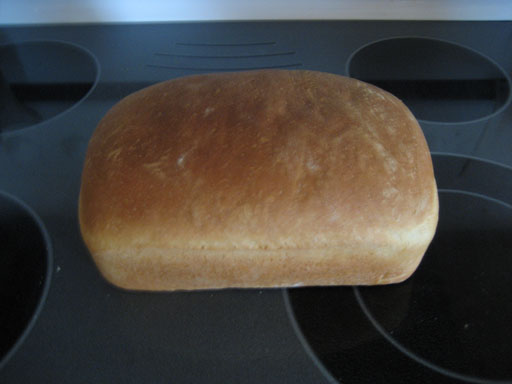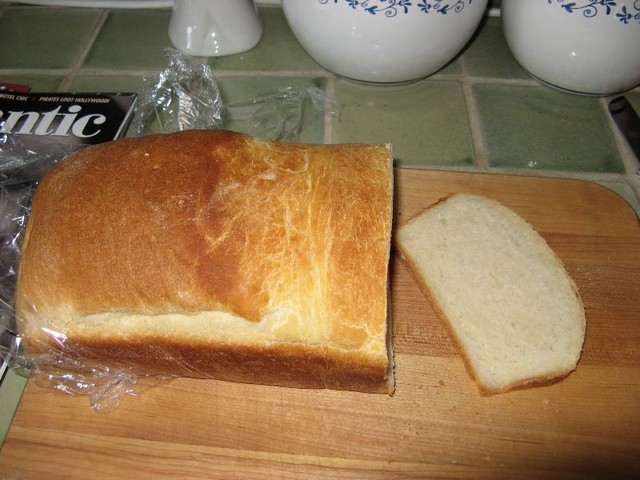How to read a french fry
January 2nd, 2009 at 10:31 pm (Cooking)
“Not only good science but also good fun,” states the New York Times blurb for this excellent book by Russ Parsons. I agree, adding, “and good eats, too!” Like What Einstein Told His Cook, this book (How to Read a French Fry and Other Stories of Intriguing Kitchen Science) goes behind the kitchen scene to explain the whys and hows of cooking, treating it as the exercise in chemistry that it truly is. The book also contains a heaping serving of absolutely delectable recipes that I am eagerly working my way through.
Here are some excellent bits of information I gleaned:
- Ever wondered why cast-iron skillets should be “seasoned” when new, by repeatedly heating a bit of oil in the pan? The goal is to build up a waterproof, nonstick surface by taking advantage of a natural reaction between the oil any any bit of water: the oil hydrolyzes, and some of the byproducts are polymers, which stick to the pan plastic-like. This explains why you don’t need to do it with nonstick pans.
- “Chicken-fried” steak always seemed a bit of an odd term to me. It turns out that “chicken-fried” just means “pan-fried”, a technique in which meat (usually chicken) is fried in shallow oil so that only the bottom part is deep-fried and the top gets a kind of moist roasting.
- Cooking isn’t just about heat. If you add a few tablespoons of water when sauteing vegetables, they should cook “more thoroughly”, because water dissolves the pectins and cellulose in the veggies and softens the cell walls. Sugar also “cooks” fruit by sucking out moisture and collapsing cell walls. (This is helpful when making ice cream with fruit, as it prevents the fruit pieces from turning into isolated ice cubes.)
- Pears have a grainy texture because they contain little crystals of lignin, the woody substance generally appearing in planet cell walls.
- We let pancake batter sit for 10 minutes after mixing so that any gluten strands that developed (caused by mixing) can relax, and the resulting pancakes will be lighter and fluffier. (I always wondered why!)
I’m only 1/3 of the way through this book. I look forward to many more insights in the rest of it!

